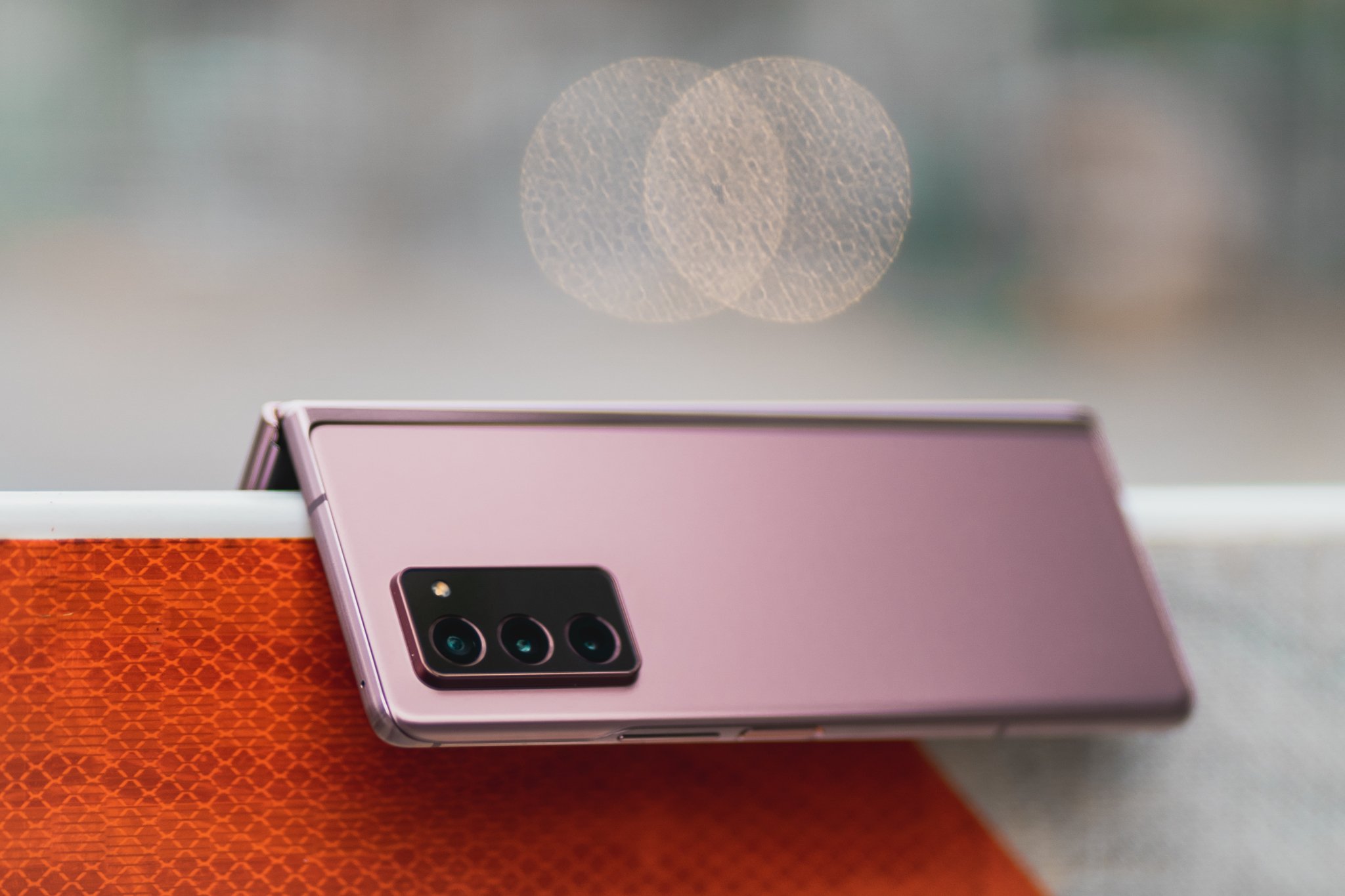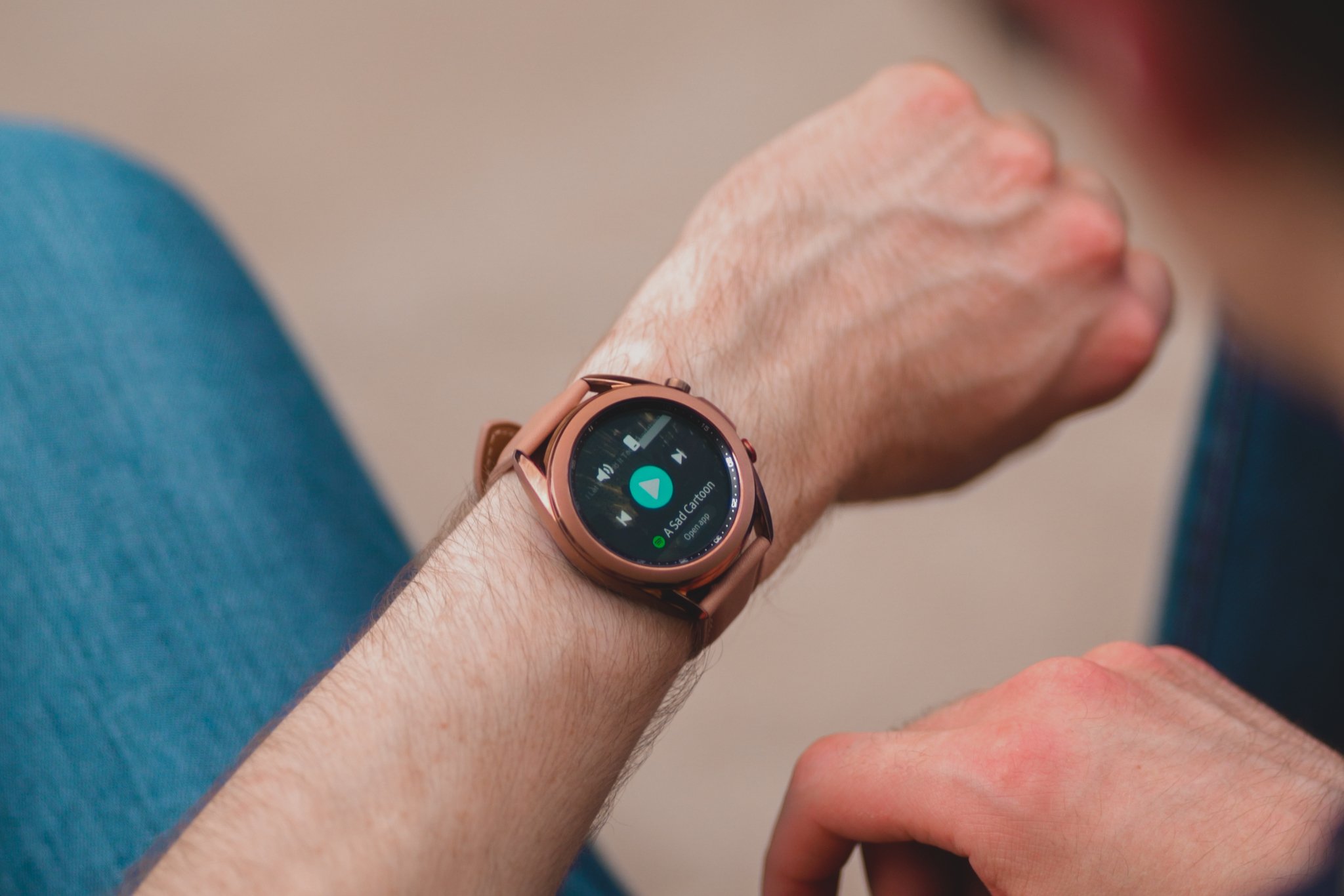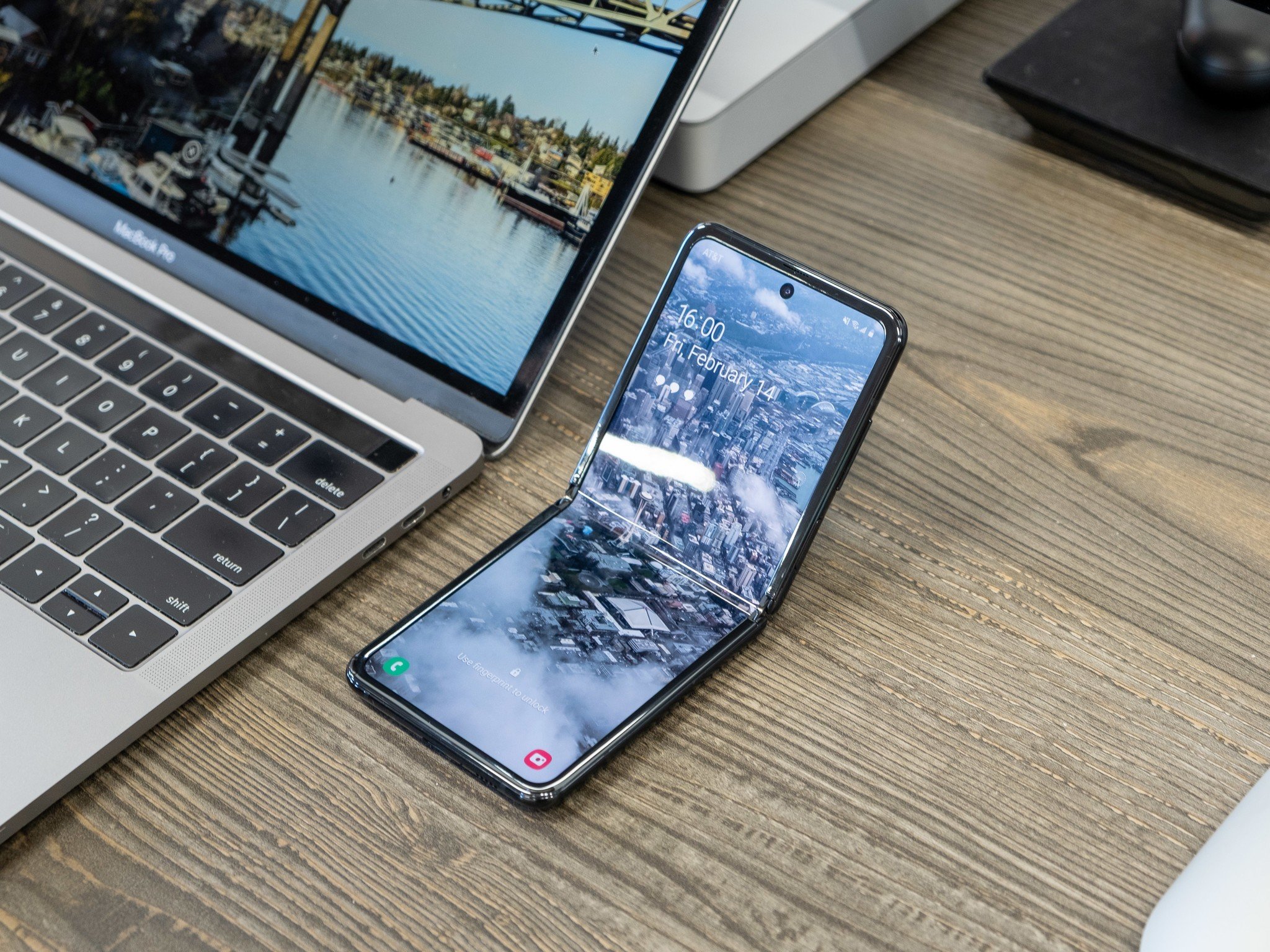We first heard of Samsung's decision to end its annual Note release cadence with the mid-2021 release cycle all the way back in November, just a few months after the release of the superlative and well-received Note 20 Ultra. That it might be Samsung's last, the reports said, would see the series ending on a high, um, note.
A few weeks later, Samsung sorta-kinda walked back the rumor when it said that the Note line isn't dead, fueling yet another news cycle around a potential non-flagship Note or, perhaps, S Pen support built into other products. This turned out to be correct, too, since the S21 Ultra debuted in February with stylus support, and the latest rumors point to the same inclusion on the Z Fold 3.
It's weird not expecting a Note this year. I've been covering Samsung's bi-annual launches since they began, and the one-two punch of the S line in February and the Note line in August was comforting in a weird, everything-is-a-product sense. The way Samsung always tried to one-up itself a few months later, piling new tech into the Note that wasn't available, or financially feasible, for the S series. That began to change a couple of years ago, though, when both lines appeared to converge in ways both subtle and overt; the S10 and Note 10 series were extremely similar, and the S20 and Note 20 even more so.
To be honest, it's unlikely many people will miss a Note 21 when Samsung debuts two foldables and a follow-up to one of 2020's best value flagships, the Galaxy S21 FE, on August 11. But it marks an important turning point for the company, one that's seeing its most important mobile products debuting closer to the new iPhones and Pixels in the annual calendar, with its most commercial, the Galaxy S line, debuting in its regular winter spot.
I say "most important" because Samsung appears to be staking much of its future success on the proliferation of foldables, normalizing their existence in the mainstream as it grooms the public, just as it did for oversized phones with the Note line. As it prepares for the debut of its third-generation of foldables, Samsung will need to address the three biggest obstacles to adoption in one fell swoop: price, durability, and purpose, and I think this year it'll succeed in two-and-a-half of them.
Samsung dropping the Note means doing the work of mainstreaming foldables as quickly as possible.
While it's unlikely either of its new foldables, the Z Fold 3 and Z Flip 3, will be offered in configurations under $1,000, they'll almost certainly be cheaper than the previous generations, inching closer to that threshold of accessibility. Samsung has also spent years building an ecosystem infrastructure that rewards trading in old Galaxys — much more so than other devices — for new ones, and this year will be no exception.
The company has already promised an extra $100 trade-in credit if you reserve one of the upcoming handsets. Samsung knows that money is still tight for many across the world, and incenting people to switch to an expensive foldable often comes down to giving them a lot of money — more than it's worth in the traditional used phone market — for their current device.
The new foldables will also be more robust than their predecessors, even though neither the Z Flip nor the Z Fold 2 had anywhere close to the same reliability concerns as the first Galaxy Fold. That Samsung feels confident enough in the Z Fold 3's inside display cover to let people put pressure on it with an S Pen speaks to the improvements it's made to the Ultrathin Glass substrate that it debuted in the Z Flip, and I'm excited to see how that translates to real-world use.
If nothing else, it indicates that foldable displays have reached a level of mass-production hardiness that Samsung feels comfortable letting people use them until the wear and tear gets distracting, at which point it may encourage owners to replace the plastic cover or bring it in-store for a touchup. I'm worried about denting the Z Fold 2's display with my fingernail, so Samsung will have to convince Z Fold 3 owners that a stylus is anything more than a liability.
Finally, on the topic of purpose, Samsung still has some convincing to do. There's no doubt that merely having a larger canvas to consume media, navigate through apps, and perform some tablet-like multitasking is reason enough for some people to upgrade to a foldable. For the average person, though, the bar needs to be much higher to put aside the aforementioned two concerns — high cost of entry and questionable longevity. Samsung has made a few notable improvements to the traditional Android experience to coax early adopters to foldables, but there's still no killer app or feature that the company can point to aside from "it folds out to become a tablet." For many with larger phones like Samsung's Galaxy S Ultra line or any number of other flagships, that reason alone may not be enough.
With two foldables, watches running the new Wear OS, new Galaxy Buds, and an updated Galaxy S21 FE, this is one of the most overstuffed events in recent memory.
When August 11 rolls around without a Note in tow, for the first time in 10 years, there will be plenty of reasons to forget about the former late-summer flagship. We're not only getting the two aforementioned foldables, but likely a Galaxy S21 FE, two Galaxy Watch 4 variants on which Wear OS 3.0 will debut, and a new pair of Galaxy Buds earbuds aimed squarely at the all-important $99 price point. Samsung may have also hidden a few things away for a few surprises (though at this point, it's unlikely we haven't seen everything already leak).
Personally, I'm more excited for this release cycle than anything Samsung has done in quite a long time — perhaps since the Galaxy S8 in 2017. Android is in a good place right now, and I'm looking forward to seeing what the world's biggest Android manufacturer does with its take on Material You in the next version of One UI based on Android 12. I'm also looking forward to seeing how Google's collaboration with Samsung turns out in the new Wear OS, and how One UI Watch will differ from Google's take on the same software in the Pixel Watch, which we're expecting alongside the Pixel 6 series in October.
Above all, though, I think that this is Samsung's opportunity to finally bring foldables mainstream, ten years after the Note debuted and changed smartphones in its own significant way.
from Android Central - Android Forums, News, Reviews, Help and Android Wallpapers https://ift.tt/3kTu41q
via IFTTT




Aucun commentaire:
Enregistrer un commentaire